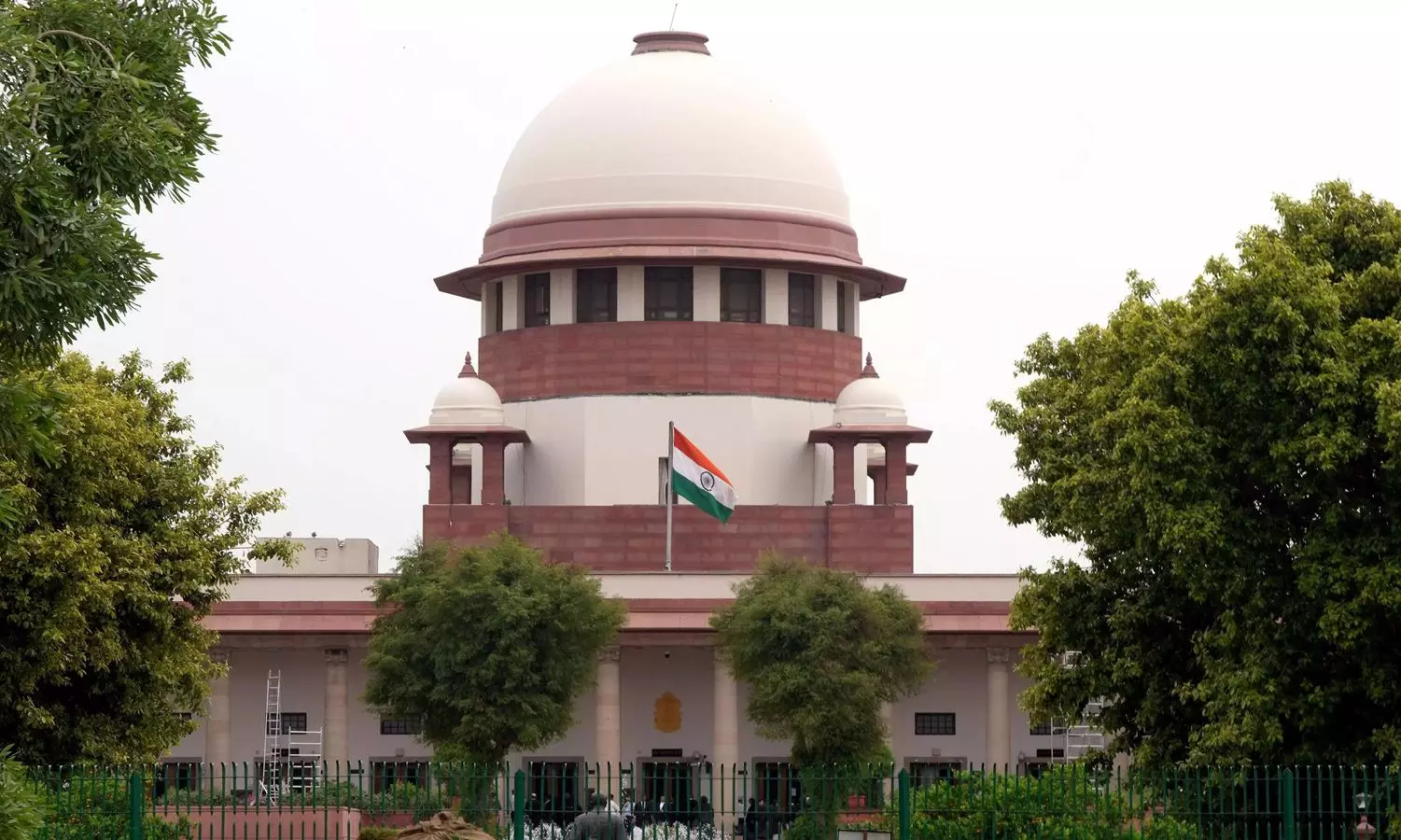DC Edit | Prez SC Reference: Clarify Limits To Gov, Prez Powers
The answers to most of the questions raised in the reference are contained in Articles 200 and 201 of the Constitution and a plain reading of them would be sufficient to put all doubts to rest

The presidential reference to the Supreme Court seeking clarifications on 14 points which the President thinks are related to the apex court’s judgment putting a timeline for the governors and the President for giving assent to the bills passed by state Assemblies reflects the inability of the Union government to appreciate the commands and requirements of the Constitution in our representative democracy. However, the Supreme Court may seize this as an opportunity for driving home the point that the Constitution makers had no plans to arm the governor and the President with a pocket veto to undermine the action of the state legislatures and that their role is limited to suggest a rethink in situations that warranted it.
The answers to most of the questions raised in the reference are contained in Articles 200 and 201 of the Constitution and a plain reading of them would be sufficient to put all doubts to rest. However, the office of the President cannot be faulted for seeking the advice on what it considers a question of law because it is not equipped to sit in judgment of such matters. The offices of the President and the governors are created for acting as elder statesmen who can act as a guiding light for the elected governments and legislatures, and not to judge their acts.
A plain reading of articles 200 and 201 describes the life of a bill after being passed by the state legislature. It is presented to the governor for his assent and the governor can decide in three ways: Give it his assent, return it as soon as possible to the state legislature listing his objections in writing, or refer it to the President in certain specific cases. And when a bill is returned by the Assembly a second time, the governor “shall not withhold assent”. The question if the governor’s action is justiciable or not does not arise as long as he performs his duties as per the rules of the Constitution.
It may be remembered that many people had doubted if the Supreme Court was right in prescribing a time limit for the President who is elected, unlike the governor who is an appointee of the Union government. The answer to the question can be found in Article 111 which prescribes the process for granting presidential assent to a bill passed by Parliament. As per the Article, the process is similar to that given under Article 200, and commands that the President “shall not withhold assent therefrom” when a bill is presented a second time. Read together, the articles give out the unmistakable impression that the Constitution makers had no doubts whatsoever on the inviolable right of the elected legislatures to law-making.
All that the new verdict of the court has introduced was a timeline for the operationalisation of the constitutional provisions for their smooth implementation. The government can take constitutional means and introduce them if it finds the courts doing the job unacceptable. But seeking to undermine the spirit of the judgment does not enhance the prestige of the office of the President or of the Union government. As of now, the Supreme Court might just have to reassert the primacy of the democratic and constitutional process in our country before the people by answering the presidential reference once and for all.

